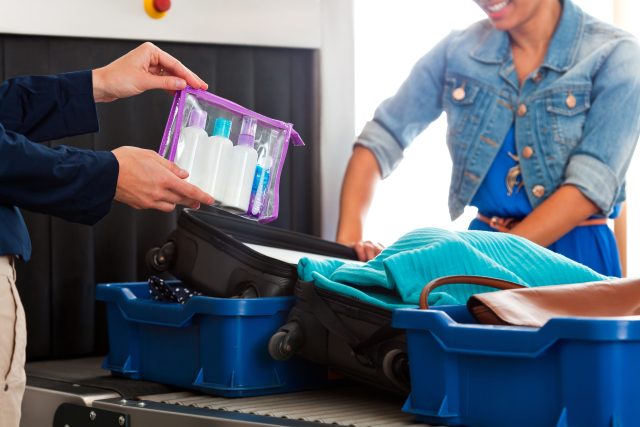Airport scraps 100ml liquid limit
London City Airport has joined Teesside International Airport in using new scanners to enable passengers to bring greater volumes of liquid in hand luggage through security, a move which could make transporting drinkable souvenirs significantly easier.

The 100ml liquid limit was introduced in 2006 in response to the transatlantic aircraft plot, a foiled terrorist plan to smuggle liquid explosives disguised as soft drinks onto aircraft flying from the UK to the US and Canada.
However, new technology could be about to change that, and increase the volume of liquid permitted per container 20-fold to two litres. By taking a 3D X-RAY image of luggage as it goes through security, similar to that made by a Magnetic Resonance Imaging (MRI) scanner, the newly-adopted C3 scanners can distinguish between dangerous and non-dangerous liquids. It also means there is no longer a requirement to place all liquids in a separate plastic bag.
While this dramatic departure from what has been the norm for airport security for almost two decades should speed up the process, and will certainly make a difference when it comes to travelling with toiletries and suncream, it also means that bottles of wine, spirits and beer can be transported in hand luggage.
Writing in The Telegraph, Greg Dickinson shared that when he attempted to bring an assortment of liquids through London City Airport security, including a 75 centilitre bottle of Malbec, the bag was flagged as “potentially suspicious” due to the large volume of liquids in the rucksack, and the contents subjected to brief further checks.
The plan is to roll this technology out to all UK airports by June of next year.
Partner Content
If this technology is adopted world wide (it is already present in some US airports), it could conceivably have a knock-on effect on the travel drinks retail sector, as some travellers may be more inclined to buy bottles at their holiday destination to bring home, rather than in the airport.
Alternatively, it may be good news for wine tourism destinations just a short-haul flight away, as visitors could conceivably buy bottles at the cellar door and bring them home without needing to check in cases.
Related news:
Could the Jameson GTR initiative encourage worldwide inclusivity?
Four English wines to be served on British Airways flights
Related news
The best European cities to celebrate Oktoberfest in 2025




